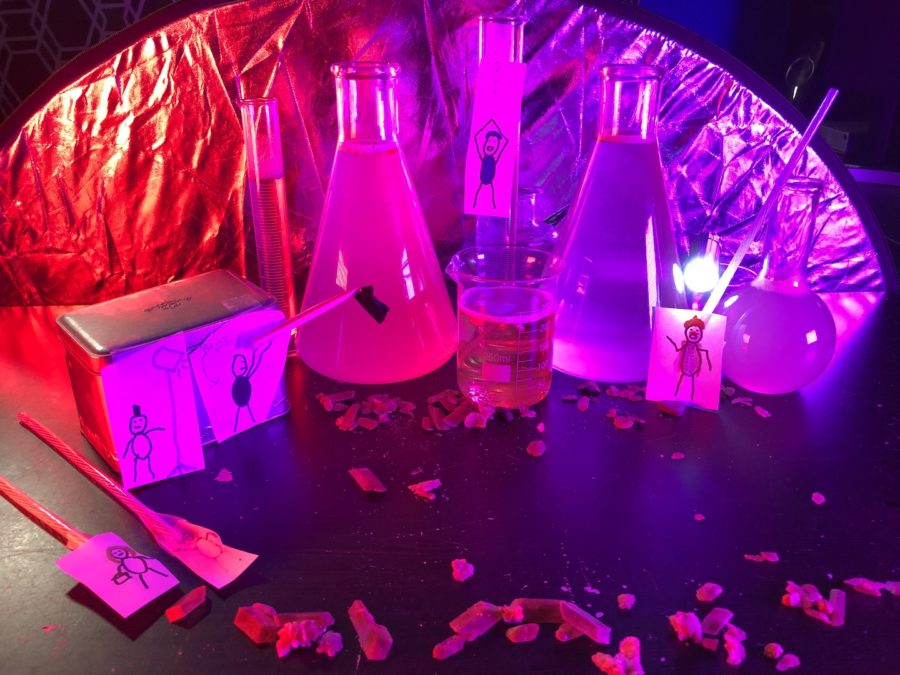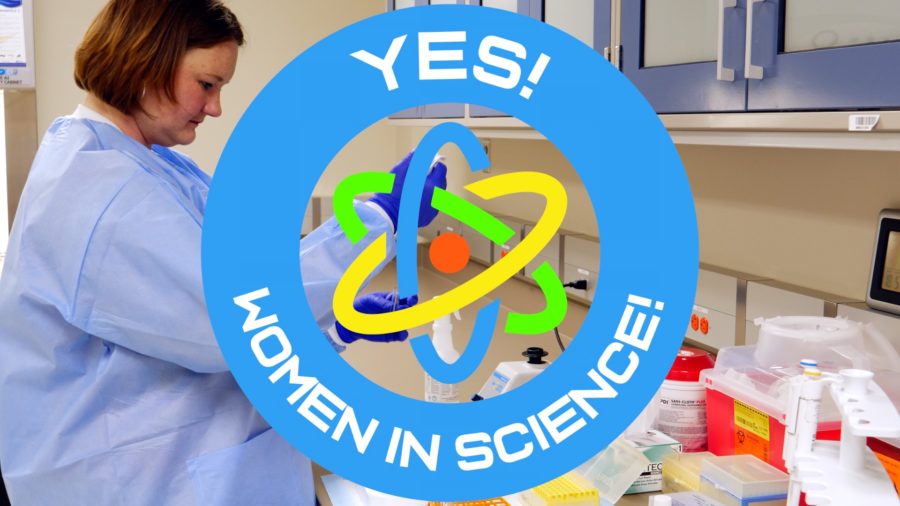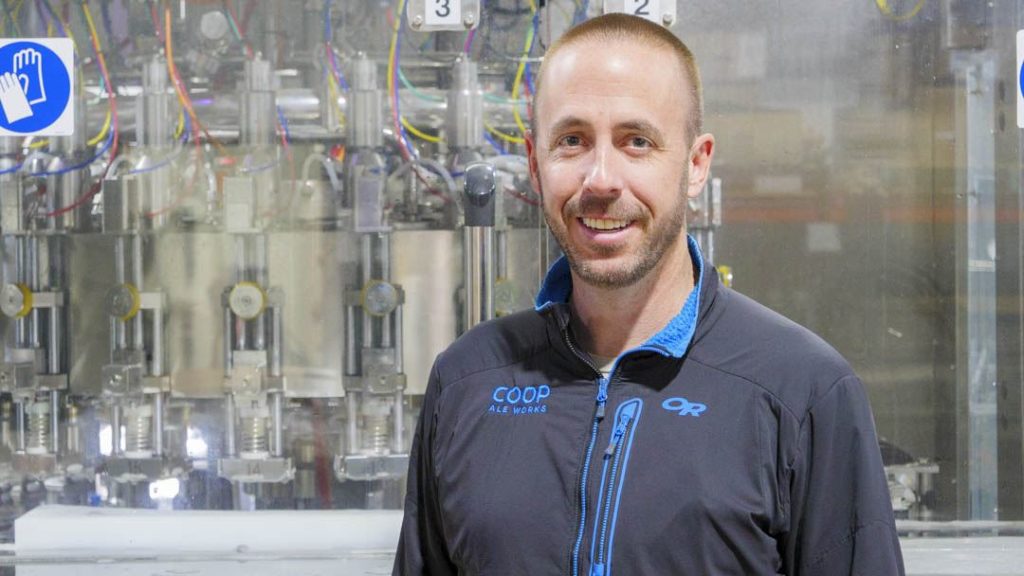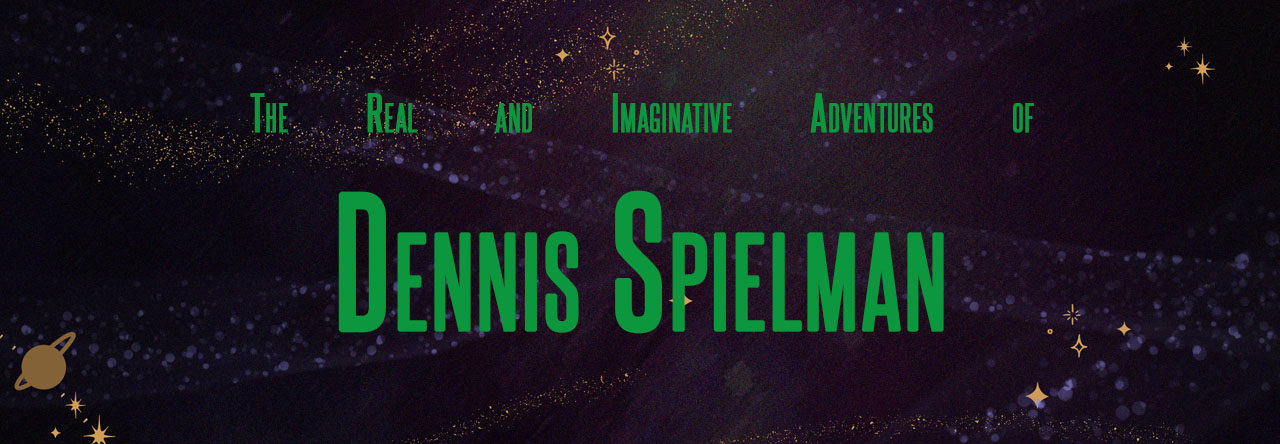In this Illuminations video I did for Oklahoma Contemporary, LA-based architect and exhibition designer Annie Chu shares her thoughts on interior architecture and how the design of space connects with people for the Bright Golden Haze exhibit.
Category: Real Page 47 of 155

I originally made this short film as an entry for the cinema5D Bored @ Home Filmmaking Competition, which I didn’t win. However, we had fun making this, and people have enjoyed it. I reuploaded it without the branding and made some adjustments to the color and sound. Apparently, I didn’t do any color correction.
I want to thank my wife for helping me flesh out my idea and directing it, and thanks to Lessa for being the roommate. This is my first film using my SIRUI 50mm f/1.8 1.33x Lens, which is my first anamorphic lens. Also used to make this short film: Panasonic Lumix GH5, Rode Wireless Mics, and GVM LED lights.
Hope you enjoy!

“Yes! Women in Science!” explores the challenges women face in STEM careers and inspires change for better. The award-winning documentary short visits a diverse cast of women and professions about what they love about their job and advice for those pursuing a career in the sciences.
The documentary made its premiere at The WIFI Film Festival on April 11, 2019, where it was Award Nominated for Achievement in Social Progress Through Film. It screened at Twister Alley Film Festival (Award Winner of Best Oklahoma Documentary Short and Award Nominated for Best Director of a Documentary Short), Doc Sunback Film Festival, and the Tri-Cities International Film Festival. With the festival tour over, the documentary was publicly released on YouTube today, April 16, 2020.
The documentary filming process for Yes! Women Science! was a collaborative venture. Filming took place in 2017 and 2018. Guests were given questions in advance, which they were allowed to change, remove, or add to them. Guests also collaborated on filming locations, camera angles, b-roll suggestions, etc. Before the finished video was submitted to festivals, guested got to approve the video and make suggestions, including reshooting their interview.
Thank you to my supporters on Patreon who have helped support this documentary and many other projects. Join me at https://www.patreon.com/TSSNStudios
One half of the duo Doty Glasco talks about their collaborative installation, Valley of the Sun. I was commissioned by Oklahoma Contemporary to film and edit this interview with Joe. Be sure to read their accompanying blog post for more information.

Written by me for the Oklahoma Venture Forum.
What started with “poor decisions and lots of circumstances,” COOP Ale Works has grown into a company with a $20 million expansion plan at the former 45th Infantry Armory. Despite feeling like an outsider in the brewing community from not being a brewer himself, Daniel Mercer, CEO of Coop Ale Works, sees positives in his business-focused skill set.
“From day one, back in 2006 when Mark and J.D. and I met, one of my kind of tidbits and inputs was that we had the opportunity, in the research phase, to set a foundation for how we wanted to move forward and how diligent we wanted to be and how we wanted to run this thing,” Mercer said. “We were starting a brewery from scratch in a market that didn’t have a production brewery outside of brewpubs, which aren’t packaging breweries.”
One of the first challenges the COOP team faced was Oklahoma’s prohibitive alcohol laws, including 3.2 beer and the lack of availability of beer in grocery and convince stores. They collected data and feedback about what people in Oklahoma were drinking back in 2006. They knew Oklahomans had different tastes than what people were drinking on the coast or what people were drinking internationally. They did beer tastings in the back room of Cheever’s.
“We were interested in whether there was a receptive audience to craft beer that didn’t exist at the time,” Mercer explained.
They worked through the summer of 2006, brewing together. They then spent the next two years putting together plans, which included going to dozens of breweries around the United States. They visited with engineers, brewers, and financial people to investigate their methods of success, their histories and then built a strategy to launch COOP in the summer of 2008. They raised the initial capital, found their building, and then spent about six months building out “this little 5,000 square foot metal shack” over at 51st and Western, next to the 51st Street Speakeasy bar. They started brewing beer commercially on January 9th in 2009 and selling on March 3rd, 2009.
Now, the Armory project is going to consume Mercer’s time over the next couple of years. He believes it will create a massive economic impact in the city and around the State Capitol Complex. However, with COOP’s proven track record, raising the capital has been a challenge.
“Once you get into the core of it, we’re taking this brewery model, and we’re expanding it and adding other new businesses to our model that put us right back in the same boat that we were in 10, 12 years ago,” Mercer explained. “We’re getting into the hotel business or we’re getting into this culinary business that involves a taproom in a restaurant and a speakeasy and all these event support spaces that have culinary features and a pool club, bar. Banks have been interested but not receptive to the total deal structure and scale. It’s a large deal, and when you take a package to a bank that says you’re going to spend $36 million over 20 months, including the money we’ve already spent over the past couple of years in development, it becomes a scenario where virtually every bank is casting doubt, and then your solution, there, is to try to find alternative methods to finance your deal.”
Where others may have given up with the challenges Mercer has faced over the past two years – including modernizing a building built in 1938 with no functional plumbing, electrical or heat and air – Mercer looks for solutions from a wide assortment of resources.
“Luckily, I’ve got some historical background and tax credit work in historic preservation and, at least, exposure to deals like that and even participation and structuring some of those deals long ago,” Mercer said. “Capital can come from anywhere and it does come from everywhere. For us, in this particular deal, we’re not raising more equity, so that component of the capital stack just doesn’t exist for us. We have cash on the books that we’ve been using for development expenses over the past couple of years, and we have a number of other sources of capital in this deal.”
Mercer is excited about the opportunity in Oklahoma, for both investors to bring money in, and also for entrepreneurs to start to drive a focus around their industries.
“We spend a lot of time talking about diversifying industry in Oklahoma, and a lot of that talk is around, either, high-impact or high-level concept industries,” Mercer said. “Whether it’s biomedical research or autoimmune disease treatment or mechanical devices… things centered around the oil and gas industry that may be new technologies and hardware technologies. But there are also plenty of other industries that just aren’t near as sexy, frankly. And I think, in Oklahoma in particular, we’ve done a great job of focusing on our resources that we have. Particularly around the OU Health Science Center, around the oil and gas base that exists here and all the new technologies that have sprung out of that industry over the past, say, 20 years.”
Daniel Mercer will be speaking at the Oklahoma Venture Forum Power Lunch on Wednesday, April 8th, 2020. He’s been attending OVF since 2001 and encourages others to become a member because of the “direct exposure to a knowledge base and resources that aren’t highly-publicized in Oklahoma… and frankly anywhere.”
